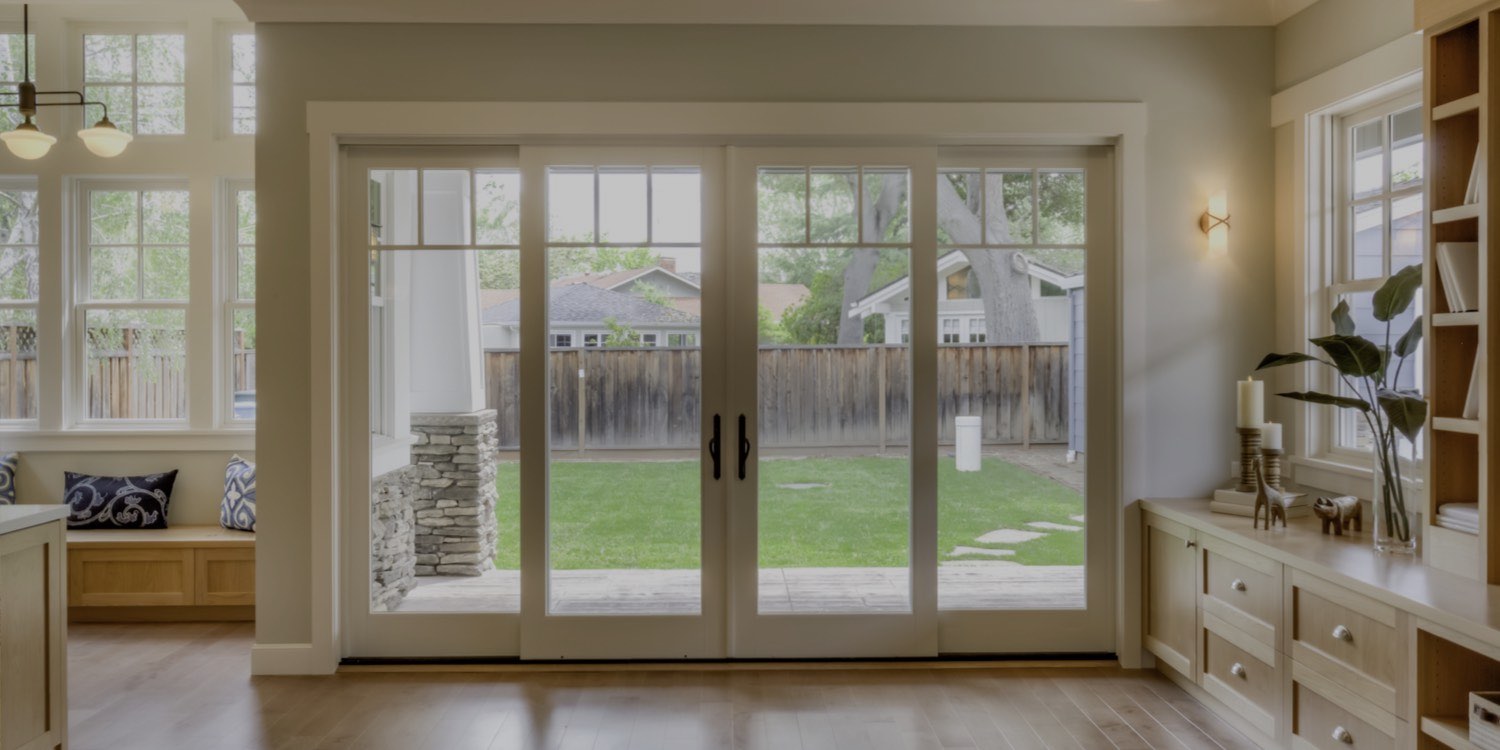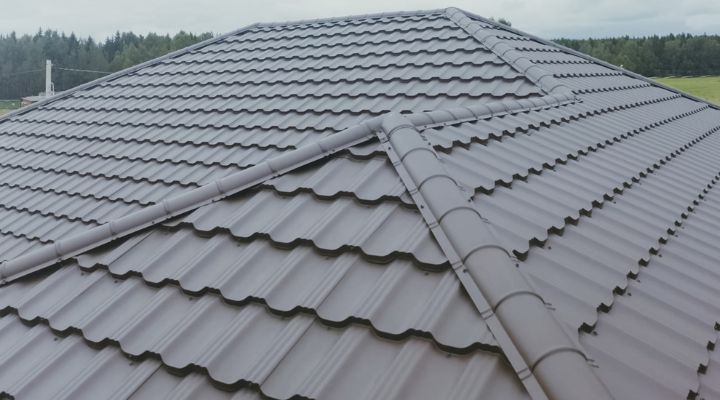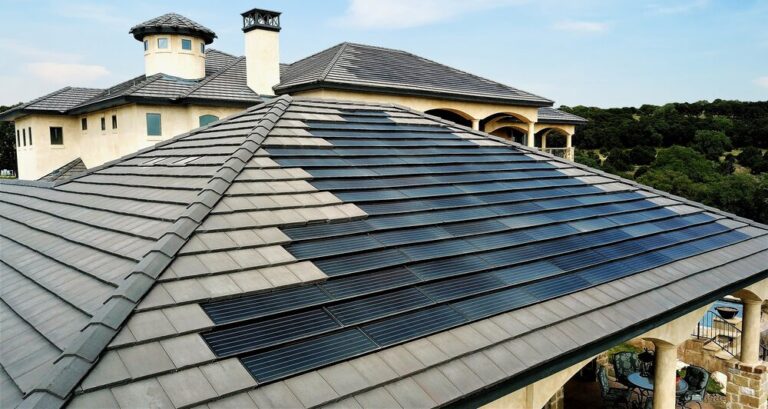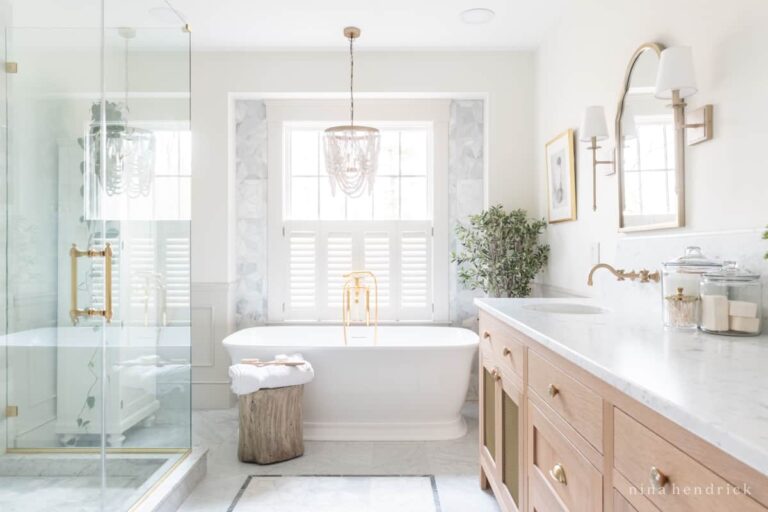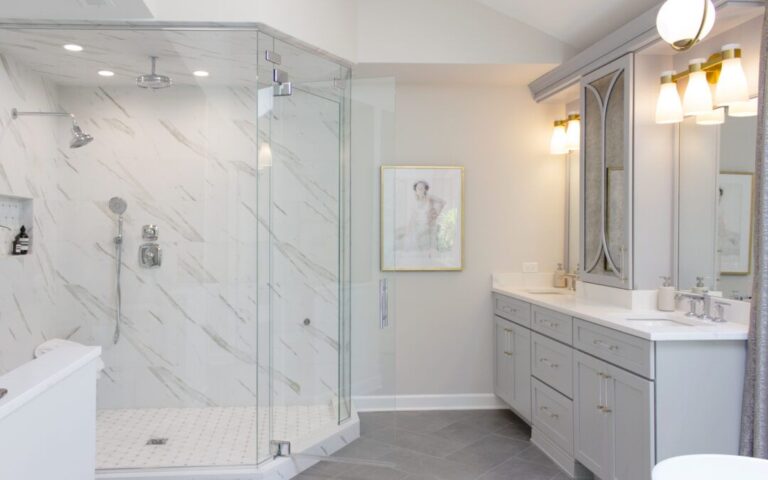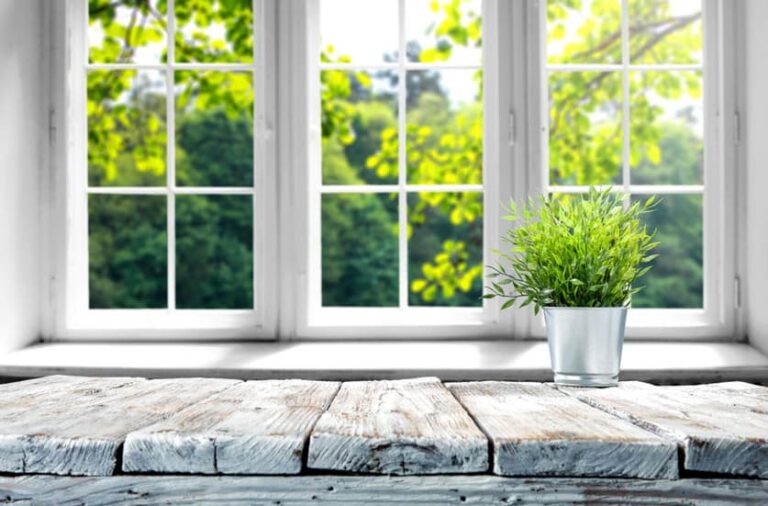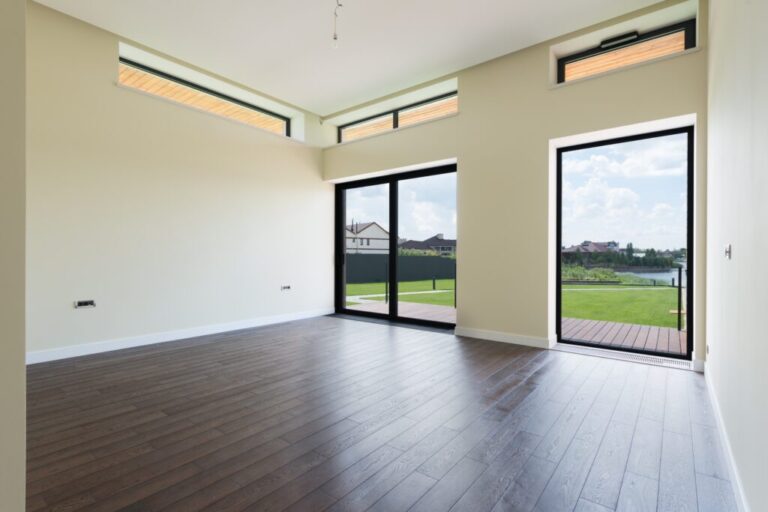The Benefits of Energy-Efficient Windows: A Renovation Guide
Renovating your home? You might want to consider energy-efficient windows. They’re not just a trend but a smart investment for any homeowner. Let’s dive into what makes these windows so special and why they should be at the top of your renovation list.
What are Energy-Efficient Windows?
Energy-efficient windows are designed to prevent your heated or cooled air from escaping your home. Unlike traditional windows, they incorporate advanced technologies to boost insulation and reduce energy loss. Think of them as the superheroes of the window world, fighting to keep your home comfy and your energy bills low.
Importance of Energy Efficiency in Homes
Why should you care about energy efficiency? For starters, it helps reduce your carbon footprint, making your home more environmentally friendly. Plus, it can significantly cut down on energy costs. With rising utility prices, who wouldn’t want to save a few bucks while also saving the planet?
Understanding Energy-Efficient Windows
Components of Energy-Efficient Windows
Glass Coatings
These coatings reflect infrared light, keeping heat inside during the winter and outside during the summer. They also block harmful UV rays, protecting your furniture from fading.
Frames
The frame material affects a window’s insulation ability. Common materials include vinyl, wood, and fiberglass, each with its own benefits.
Gas Fills
Argon or krypton gas fills between panes provide better insulation than air. These inert gases are denser, reducing heat transfer.
Types of Energy-Efficient Windows
Double Glazed
These have two panes of glass with a space between them, often filled with gas. They’re great for moderate climates.
Triple Glazed
With three panes of glass, these offer superior insulation, ideal for very cold or hot climates.
Low-E Windows
Low-emissivity (Low-E) windows have a special coating to reflect heat. They’re excellent at improving energy efficiency.
Benefits of Energy-Efficient Windows
Energy Savings
Reduced Heating and Cooling Costs
One of the biggest benefits is the reduction in your energy bills. Energy-efficient windows keep the heat out in the summer and the cold out in the winter, meaning your HVAC system doesn’t have to work as hard.
Environmental Impact
Lower Carbon Footprint
By using less energy, you’re reducing your carbon footprint. It’s a win-win for you and the environment.
Enhanced Comfort
Improved Indoor Temperature Regulation
Say goodbye to hot spots in the summer and cold drafts in the winter. These windows help maintain a consistent indoor temperature, making your home more comfortable year-round.
Noise Reduction
Quieter Indoor Environment
If you live in a noisy neighborhood, energy-efficient windows can help. Their multiple layers of glass and gas fills reduce outside noise, creating a quieter indoor environment.
UV Protection
Protection from Harmful UV Rays
The special coatings on these windows block harmful UV rays, protecting your skin and preventing your furniture and carpets from fading.
Cost and ROI of Energy-Efficient Windows
Initial Investment
Yes, energy-efficient windows can be more expensive upfront. However, think of them as an investment that pays off over time.
Long-Term Savings
The savings on your energy bills can be substantial, often paying for the windows themselves within a few years.
Return on Investment (ROI)
When you factor in energy savings, increased home value, and improved comfort, the ROI for energy-efficient windows is quite impressive.
How to Choose Energy-Efficient Windows
Consider Your Climate
The best type of energy-efficient window for you depends on your climate. Triple-glazed windows, for example, are great for extreme temperatures.
Check Energy Star Ratings
Look for the Energy Star label. These windows meet strict energy efficiency guidelines set by the EPA and Department of Energy.
Understand Window Ratings (U-Factor, SHGC)
The U-Factor measures how well a window insulates. The lower the number, the better. The Solar Heat Gain Coefficient (SHGC) measures how much heat from the sun is blocked. Again, a lower number is better.
Material and Frame Options
Choose a frame material that offers good insulation. Vinyl and wood are popular choices, but fiberglass is also highly efficient.
Professional Installation
Proper installation is crucial. Even the best windows won’t perform well if they’re not installed correctly. Hiring a professional is usually worth the investment.
Energy-Efficient Window Installation
DIY vs. Professional Installation
While DIY can save money, professional installation ensures the job is done right. Pros have the skills and tools to install windows perfectly.
Steps in Professional Installation
- Assessment and Measurement
- Removing Old Windows
- Preparing the Opening
- Installing the New Window
- Sealing and Insulating
- Final Inspection
Common Mistakes to Avoid
Avoid common pitfalls like poor sealing, incorrect measurements, and improper insulation. These mistakes can negate the benefits of energy-efficient windows.
Maintaining Energy-Efficient Windows
Regular Cleaning
Keep your windows clean to maintain their efficiency. Dirt and grime can affect the performance of glass coatings.
Inspecting Seals and Frames
Regularly check seals and frames for any signs of wear and tear. Prompt repairs can prevent bigger issues down the road.
When to Replace
Even energy-efficient windows have a lifespan. If you notice drafts or condensation between panes, it might be time for a replacement.
Case Studies
Real-Life Examples of Energy Savings
Consider the Smith family, who reported a 25% reduction in their energy bills after installing energy-efficient windows. Or the Johnsons, who noticed a significant drop in outside noise, making their home much more peaceful.
Testimonials from Homeowners
Many homeowners rave about their energy-efficient windows. “It’s the best investment we’ve made for our home,” says Jane Doe. “Our house is so much more comfortable year-round.”
Conclusion
Energy-efficient windows offer a host of benefits, from energy savings and enhanced comfort to noise reduction and UV protection. They’re a smart investment that pays off in the long run. Whether you’re building a new home or renovating, consider making the switch to energy-efficient windows. You’ll be glad you did.
FAQs
How much can I save with energy-efficient windows?
You can save anywhere from 10% to 25% on your energy bills, depending on your location and the type of windows you choose.
Are energy-efficient windows worth the investment?
Absolutely. While the initial cost is higher, the long-term savings on energy bills and increased home value make them a worthwhile investment.
Can I install energy-efficient windows myself?
You can, but professional installation is recommended to ensure they are installed correctly and to maximize their benefits.
How do I know if a window is energy-efficient?
Look for the Energy Star label and check the U-Factor and SHGC ratings. Lower numbers indicate better energy efficiency.
What are the best brands for energy-efficient windows?
Some top brands include Andersen, Pella, and Marvin. Each offers a range of energy-efficient options to suit different needs and budgets.
